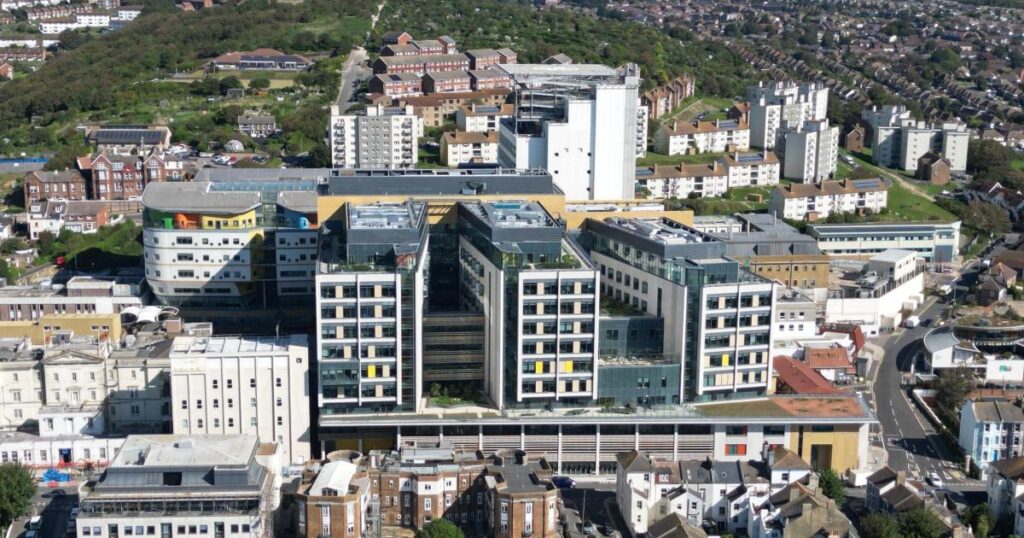University Hospitals Sussex NHS Foundation Trust has reported that its A&Es are under pressure due to a “continued rise in walk-ins”.
The trust has warned that visitors will experience longer waits in A&E and people will be seen in order of clinical priority.
Those in need of medical attention are urged to consider other services such as NHS 111, pharmacies or a minor injuries unit/urgent treatment centre.
A statement shared on the trust’s Facebook page reads: “Our A&Es are under significant pressure due to a continued rise in walk-ins.
“With the ongoing resident doctor strike, please be aware:
- You will experience longer waits in A&E.
- People will be seen in order of clinical priority.
“If it’s not a serious or life-threatening emergency, please think NHS 111, your local pharmacy, or a Minor Injuries Unit (MIU)/Urgent Treatment Centre (UTC).
“Help us help those who need it most—make the right choice for your care.”
Confirmation of the industrial action followed crunch talks between the British Medical Association (BMA) and the health secretary.
The BMA has argued that real-terms pay has fallen by around 20 per cent since 2008 and is pushing for full “pay restoration”.
After the meeting, Wes Streeting reiterated that “we cannot move on pay after a 28.9 per cent pay rise” but added that the government was looking at ways to improve resident doctors’ working lives.
The BMA resident doctors committee said while members were happy to discuss non-pay issues, the row “is at its core a pay dispute”.
The health secretary condemned the strike as “reckless” and said the government would not allow the BMA to “hold the country to ransom”.
Sir Keir Starmer made a last-minute appeal to resident doctors, saying the strikes would “cause real damage”.
Source link
[Featured]
[Just In]



